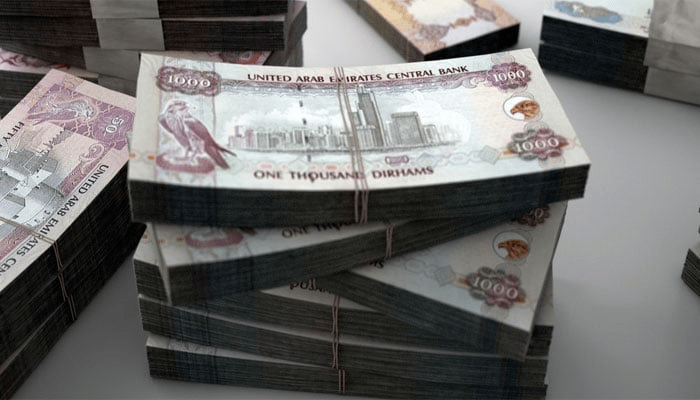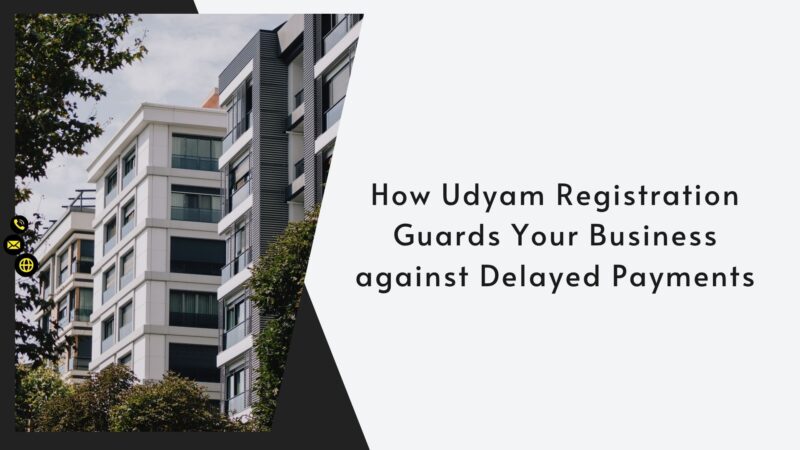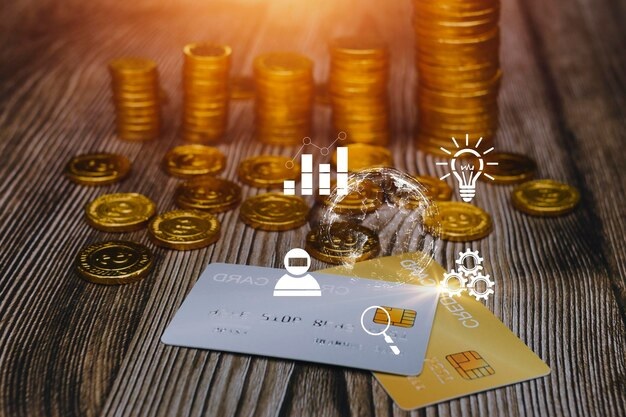The Difference Between AED to PKR Open Market and Bank Rates

In today’s globalized economy, foreign currency exchange plays a critical role in personal finance, international trade, and travel. Among the most discussed currency exchanges in South Asia is AED to PKR—the conversion of UAE Dirham to Pakistani Rupee. Whether you’re an expat sending remittances back home or a traveler planning a visit to the UAE or Pakistan, understanding the difference between open market rates and bank rates is vital. These two types of rates can significantly affect how much PKR you receive for your AED.
Foreign exchange rates fluctuate frequently, influenced by various economic, political, and market factors. However, the divergence between the open market rate and the bank rate of AED to PKR is more than just numerical—it reflects broader financial mechanisms and accessibility. Visit AED to PKR for real-time rates and comparisons.
Understanding AED to PKR: Open Market Rate vs. Bank Rate
When converting currency, you often encounter two rates:
- Open Market Rate
- Bank Rate
Each serves a different purpose, is governed by different rules, and is impacted by different market dynamics.
Open Market Rate: What It Means
The open market rate refers to the value at which AED is bought and sold between money changers, forex dealers, and individuals in the open market. It is determined by the demand and supply of AED in the local market.
Key Characteristics:
- Fluctuates frequently during the day.
- Influenced by street-level market demand, seasonal trends, and remittance flows.
- Often slightly higher or lower than bank rates due to margin by dealers.
- Available at currency exchange companies and money changers.
This rate is most relevant for:
- Individuals exchanging money physically.
- Travelers purchasing foreign currency.
- Expats sending money home through informal means.
Bank Rate: Controlled & Regulated
The bank rate, often referred to as the interbank rate, is the exchange rate set by financial institutions and regulated by the central bank (State Bank of Pakistan, in this case). It is generally more stable and lower than the open market rate.
Key Features:
- Determined by interbank lending and forex reserves.
- Governed by monetary policy.
- Often less favorable for consumers due to additional service charges and margins.
- Used primarily in official banking transactions and wire transfers.
The bank rate is ideal for:
- Businesses conducting international trade.
- Remittances through official banking channels.
- Government-related transactions and compliance-based operations.
Comparison Table: Open Market vs. Bank Rate (AED to PKR)
| Feature | Open Market Rate | Bank Rate (Interbank) |
| Controlled By | Market demand & dealers | State Bank of Pakistan |
| Rate Stability | Fluctuates frequently | Relatively stable |
| User Access | Individuals & dealers | Banks & institutions |
| Rate Value | Slightly higher or lower | Lower (after service fees) |
| Best For | Travelers & exchange | Official transfers |
| Transparency | Variable | Regulated & audited |
Why There’s a Difference Between the Two Rates
There are multiple reasons why a difference exists between the two exchange rate types:
- Market Dynamics: Open market responds instantly to supply-demand shifts, while bank rates are updated more systematically.
- Risk & Speculation: Forex dealers include risk premiums in open market rates.
- Liquidity: Currency availability in the open market can affect its pricing.
- Regulations: Banks are subject to tighter compliance and reporting standards.
- Margins & Fees: Banks often charge hidden fees or give less favorable rates to cover their costs.
When Should You Use the Open Market vs. Bank Rate?
Use Open Market Rate When:
- You’re physically exchanging currency.
- You’re looking for a better rate without needing documentation.
- You want faster cash exchange with minor amounts.
Use Bank Rate When:
- You’re transferring large sums.
- You need an official record of the transaction.
- You’re doing business, or legal remittances under proper compliance.
Real-Time Monitoring of AED to PKR
Since both rates can change several times within a day, real-time tracking is crucial. Monitoring forex trends helps you get the best deal.
You can track up-to-date AED to PKR conversion rates through reliable financial websites, money exchange platforms, or currency converter apps. Being proactive can help you save significantly on large transactions.
Impact of AED to PKR Rate on Economy and Individuals
1. For Expats in UAE
Pakistani employees in the United Arab Emirates keep a careful eye on the AED to PKR movement. A favorable rate means more money for their families back home.
2. For Importers and Exporters
Importers pay more in PKR when the AED strengthens, increasing the cost of goods. Exporters benefit when the AED is strong, as their revenue in PKR increases.
3. For Students and Tourists
Those paying tuition fees or traveling overseas find better value when the AED weakens against PKR.
Conclusion
The distinction between AED to PKR open market and bank rates is crucial for anyone involved in currency exchange, remittances, or international transactions. While open market rates offer flexibility and potentially better returns for individuals, bank rates provide security and compliance. Your choice depends on your needs—whether it’s affordability, legality, or convenience.
At trips.pk, we provide the most up-to-date currency rates, travel deals, and financial insights to help you make informed decisions. We not only help you track the best exchange rates but also offer the best price for tours all around the world, ensuring your experience is both economical and enriching.
FAQs
Q1. Why is the open market rate higher than the bank rate?
The open market rate includes dealer profit margins and reflects immediate demand and supply. Bank rates are regulated and include service charges in other forms.
Q2. Which rate should I use for sending remittances?
It is better to use bank rates through official channels for legal and secure transfers.
Q3. Can I negotiate in the open market?
Yes, large transactions can often be negotiated in the open market.
Q4. How frequently do rates of AED to PKR fluctuate?
Rates can change multiple times daily based on forex market trends, economic news, and geopolitical events.
Q5. Is the open market rate illegal?
No, it’s legal when conducted through authorized dealers, but unofficial transactions can breach financial regulations.






